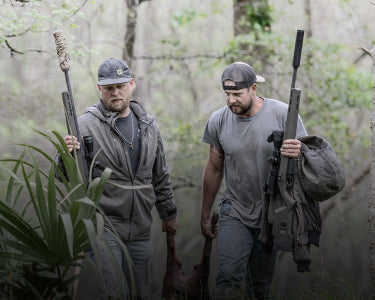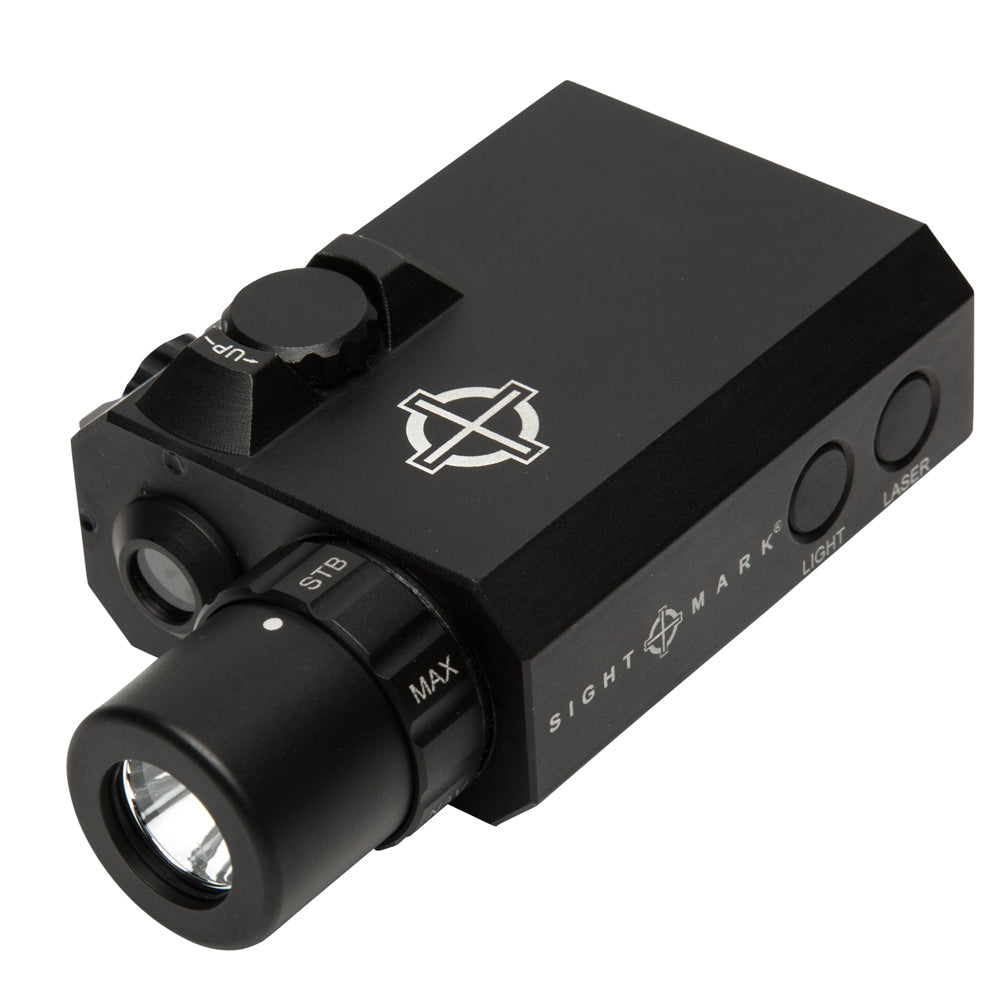Why Do You Need a Tactical Light?

Most self-defense situations happen at night or in low-light. It is imperative to positively identify a potential threat before making the decision to raise your gun and fire. After being sure of your target, bright lights, especially on strobe mode, can disorient or distract a threat, buying you time.
The Case for a Handheld Flashlight
A handheld flashlight allows you to search the house, positively identify the potential target as a friend or foe and decide to engage without ever having to point the muzzle of your firearm at an innocent. (Remember, one of the Golden Rules of Firearms Safety is to never point a gun at something you aren’t willing to destroy.)
However, with the right weapon-mounted light, you’ll be able to either keep both hands on your rifle or leave one hand free without ever having the barrel pointed at a family member. The key is picking out a light with enough lumens to light up the room while your rifle is at low-ready.

The Pros of a Weapon-Mounted Light Outweigh the Cons
1. You Have the Use of Both Hands
Manipulating a firearm while also gripping a handheld flashlight takes extensive training and practice. A weapon-mounted light allows you the use of both hands, which might be the only way you can operate your firearm under the stress of an adrenaline dump.
A free hand could be used to open doors, call 911, wrangle pets, or move children out of harm’s way.
2. No Fumbling for Gear in the Dark
When something goes bump in the night, the last thing you want to do is fumble for your gun, flashlight, phone, or glasses. A mounted light ensures it's always ready and always with your weapon—no extra steps, no forgotten tools.
3. Enhanced Focus on Sight Picture and Awareness
Trying to manipulate a gun and flashlight simultaneously takes coordination. A weapon-mounted light simplifies your tasks, letting you focus fully on your surroundings and keeping your attention on the threat.
What to Look for in a Weapon-Mounted Light
Brightness
Your light should be powerful enough to disorient a threat—at least 100 lumens for home defense. Be cautious with overly bright lights that may compromise your own vision via reflection off walls or mirrors.
Size

Keep your rifle maneuverable. Choose a low-profile, lightweight light that doesn't obstruct optics, foregrips, or other accessories.
Ease of Use
In a crisis, muscle memory matters. Choose a light that operates with intuitive controls, including ambidextrous switches or included pressure pads for quick activation.
Runtime
Long battery life is a must. Auto-shutoff and battery-saving features prevent failures at critical moments. You don’t want your only source of light dying in the middle of an engagement.
Laser Light Combo: The Best of Both Worlds
I prefer a laser/light combo like the LoPro. I can quickly identify threats and place fast, accurate shots on target. The light is adjustable from 5 to 300 lumens with dim, bright, and strobe modes controlled via a twist knob on the lamp head.
Strobe mode is especially useful—it disorients intruders, hides your location, or even signals allies. The unit features ambidextrous controls and a pressure pad for activation. The green Class IIIa laser reaches 600 yards at night and remains visible up to 50 yards in daylight.
A light is an essential piece of self-defense gear. The best tactic is to employ both.
See? There is a happy medium!




